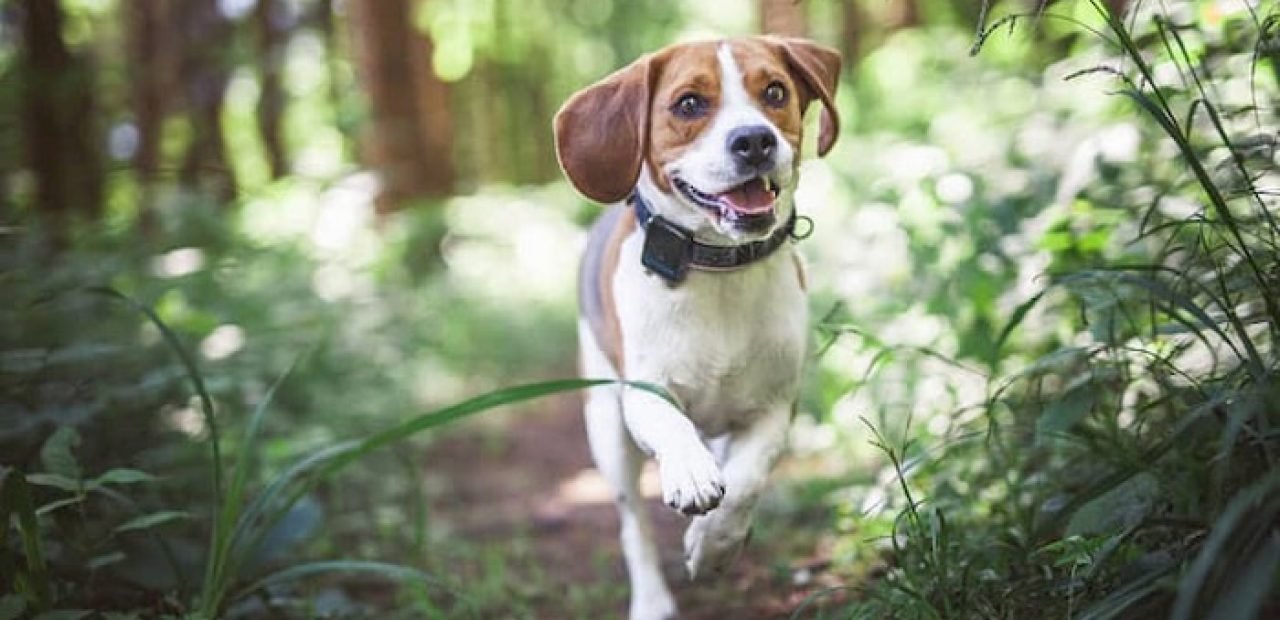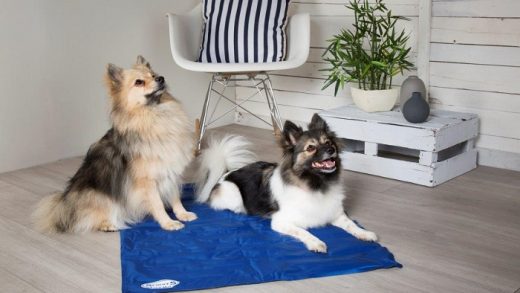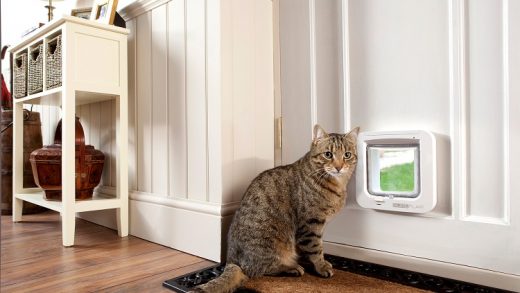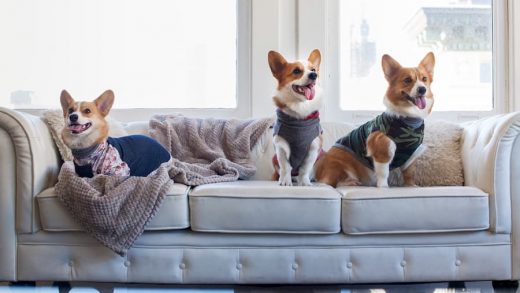Exploring the Manner of Operation and Efficiency of Pet Deterrents
Pet deterrents are designed to keep certain animals away from people, areas, objects, plants, or other animals. These products generally work by taking advantage of an animal’s natural aversion towards something or something that the animal has learned to avoid in its natural environment. Animals deterrents can be divided into two types: Chemical repellers and non-chemical repellers.
Chemical repellers can mimic natural substances that repel or deter animals or can also be irritating to a specific animal type that the targeted animal will avoid the protected object or area. Some chemical repellers can combine both principles. Non-chemical repellers include a simple electrified or barbed wire fence, high-frequency whistles and ultrasonic devices. The best repellent will depend on the target animal.
Contents
Do animal repellers work?
When it comes to pet repellers, deterrent sprays and ultrasonic repellents are the most popular options. These two works differently and are used in different situations. To choose the best pet deterrent, it’s important to understand how each type works.
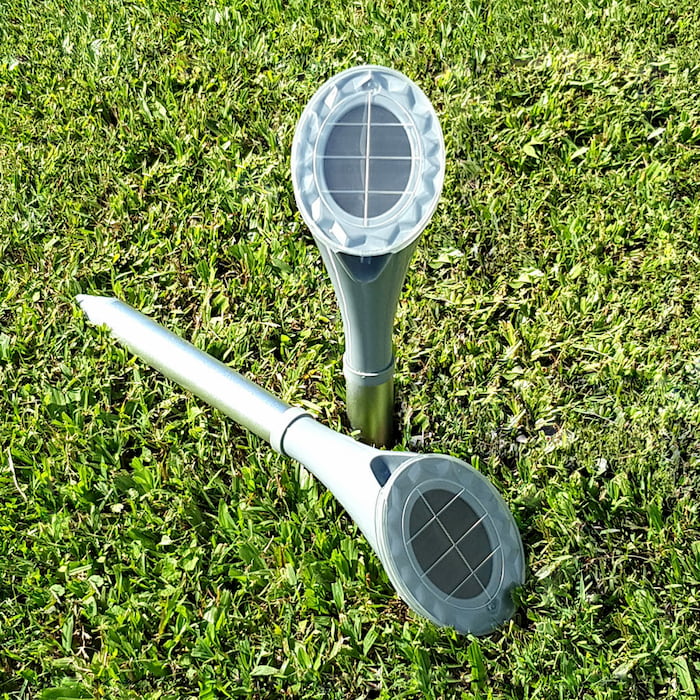
Ultrasonic Animal Deterrents
Ultrasonic pet deterrents produce high-pitched noises that irritate pets. These sounds are emitted when you press the device. Only dogs and cats can hear the sound, which means people and other animals won’t be affected by these devices in any way. Once you press the ultrasonic device, an unruly pet will run off in the opposite direction in an attempt to escape the noise.
Do Sonic Animal Repellers Work?
These devices are often effective in scaring off stray or random pets. But it is important to mention that sonic animal repellers work best at a distance of 4 to 6 meters from the pet. They won’t work if the dog is very close, for example, because the frequency will not reach the pet’s ears. A great thing about this device is that it can be used to deter other dogs when walking your own pet since it will not affect it.
Spray Deterrents
This type of pet repellent usually comes in small canisters and is meant to help train your pet to behave well and to stop chewing on furniture. Some can be sprayed to the eyes of the pet to cause irritation, while others are meant to be sprayed on furniture and other materials to discourage the pet from chewing it.
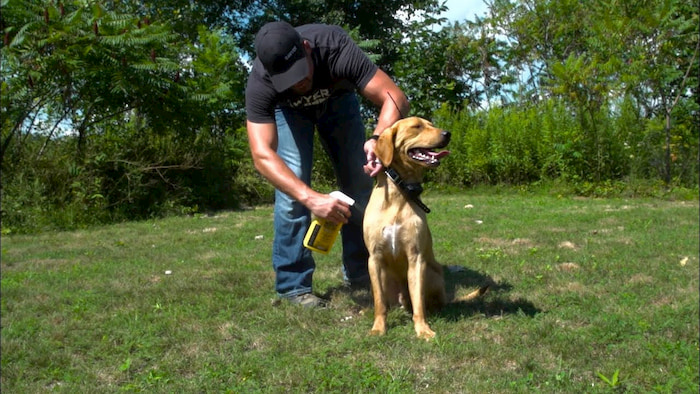
Do Spray Deterrents Work?
When used on furniture, these sprays can affect the dog’s senses of smell and taste. Their unpleasant odour is very strong for dogs since they are animals with a very sensitive sense of smell. The different flavours available are equally unpleasant and the dog will learn not to chew on the sprayed material. These sprays can also be used to keep dogs away from yards, gardens and other areas of your home. Some sprays also emit a hissing noise when you press them. This can be extremely efficient in stopping most bad dog behaviours.
Eye sprays can be used when the dog starts acting up or becomes aggressive. Ideally, you should follow this up with a strong ‘no’ or stop’. This will help your dog understand that it shouldn’t engage in bad behaviour. Make sure you check the ingredients of the spray because some can be dangerous or not specifically designed for dogs. For your own pet, using a deterrent spray might be the best option. The risk of making your dog anxious is very small with these products, and you are likely to be close enough to the dog to spray him at all times.
Reasons to Buy a Pet Deterrent
To Protect You From Stray Dogs
If you enjoy walking or jogging outdoors, chances are that you often come across stray dogs. While jogging, a dog might be prompted to follow you in your tracks and scare you if he starts barking at you without control. An ultrasonic dog repeller can help you get out of this situation easily and conveniently by chasing the stray dog away.
To Use It as a Training Device
Dog repellers aren’t just for keeping unwelcomed pets way. These products can also be extremely helpful in training dogs. An ultrasonic dog repeller can help you establish good behaviours, routines and habits with your dog. For example, it can help you emphasize when you want your dog to be quiet, sit or lie down.

